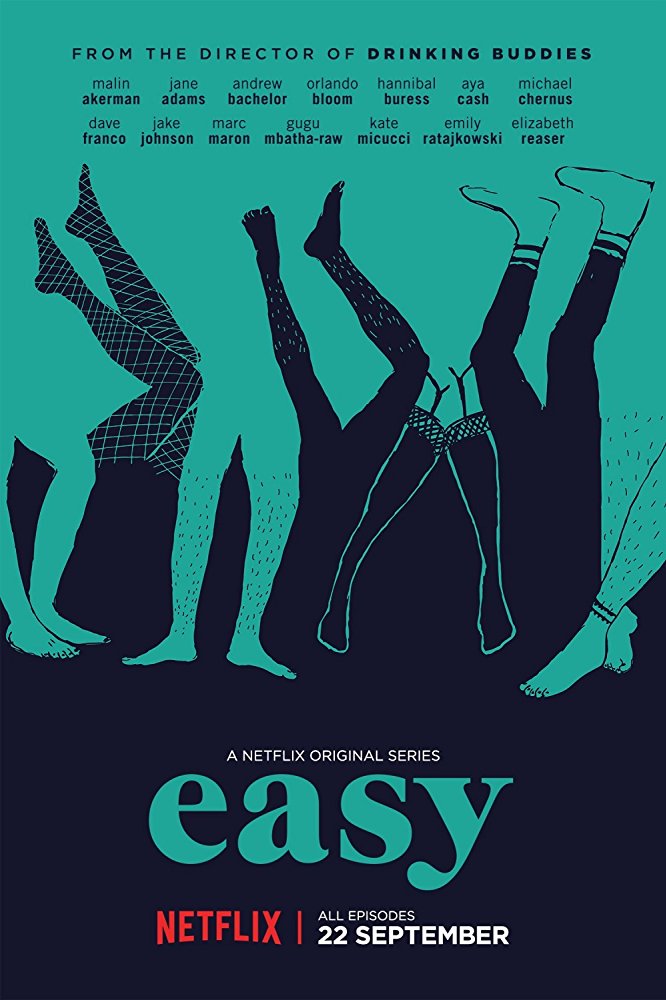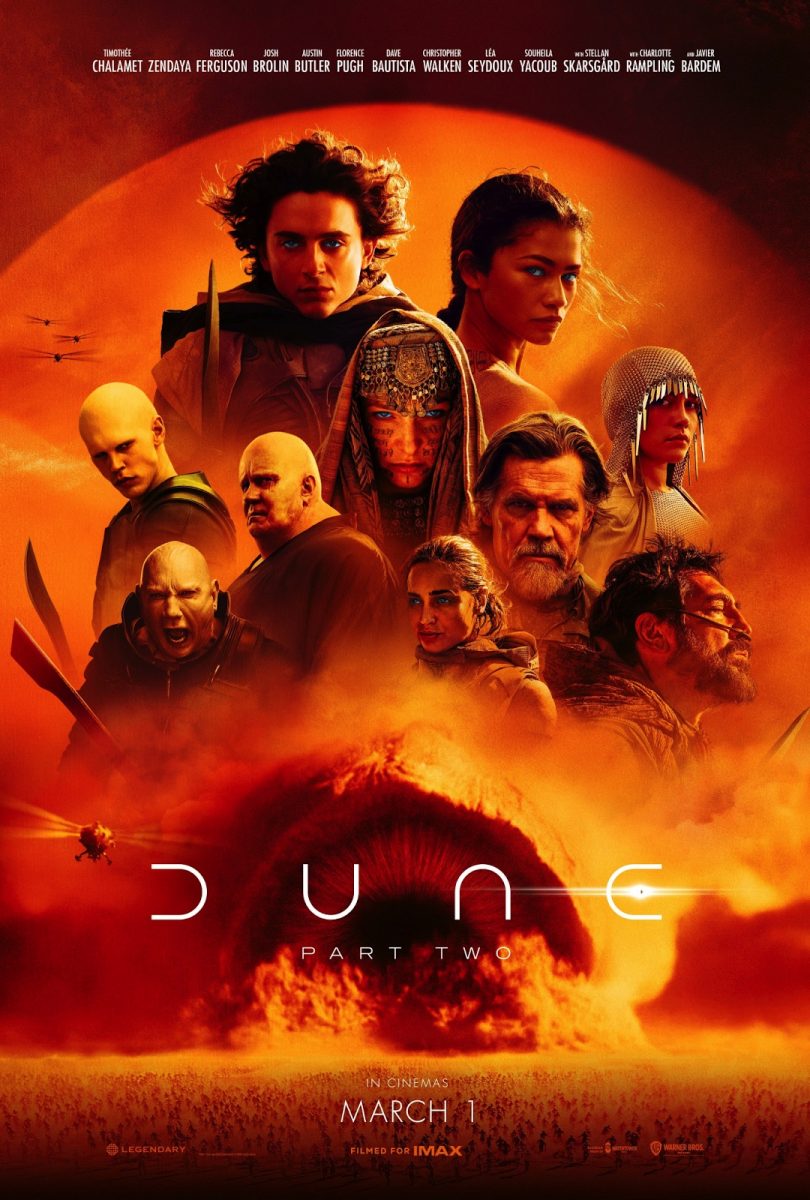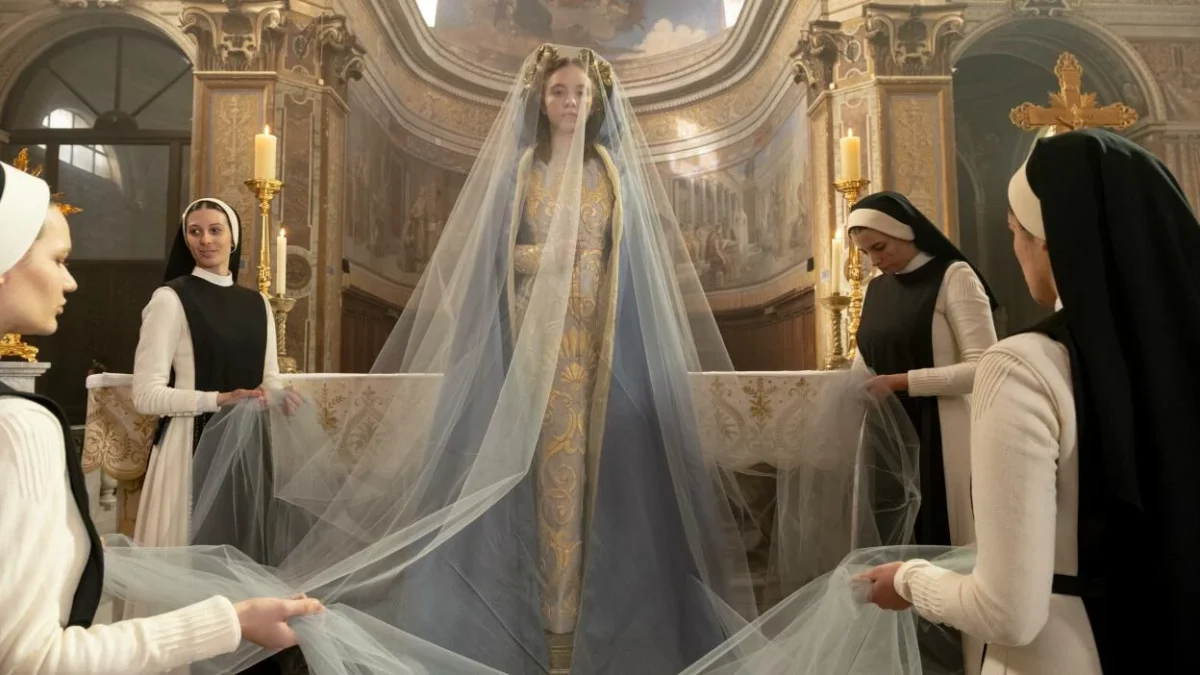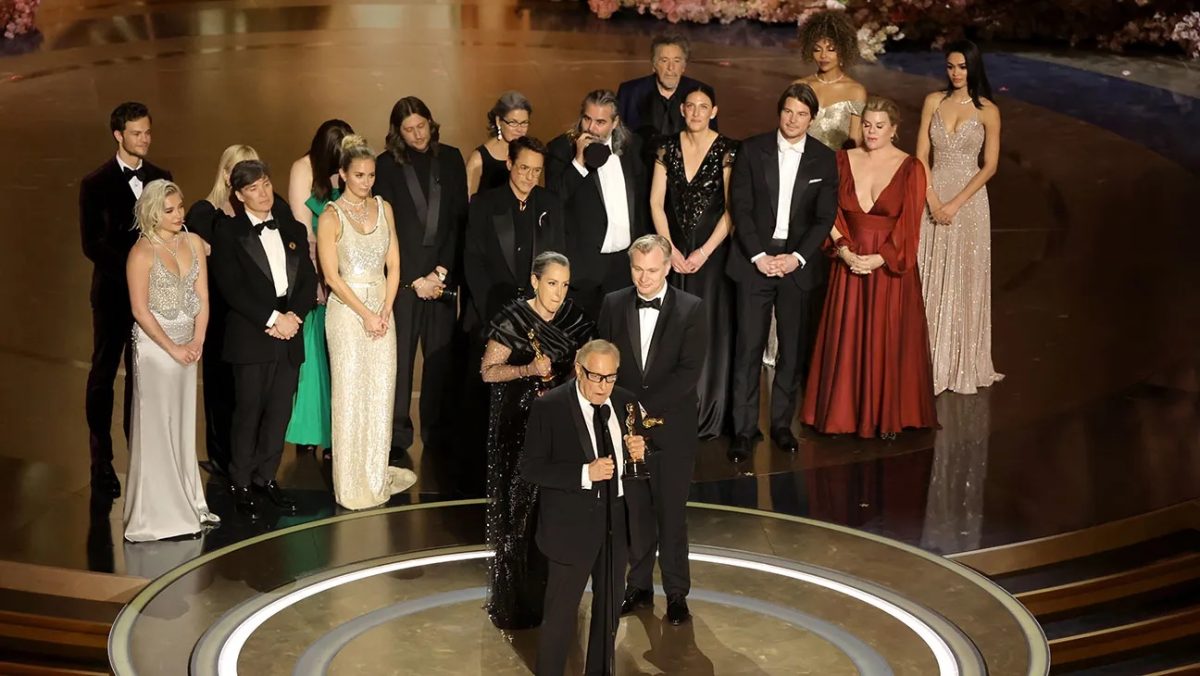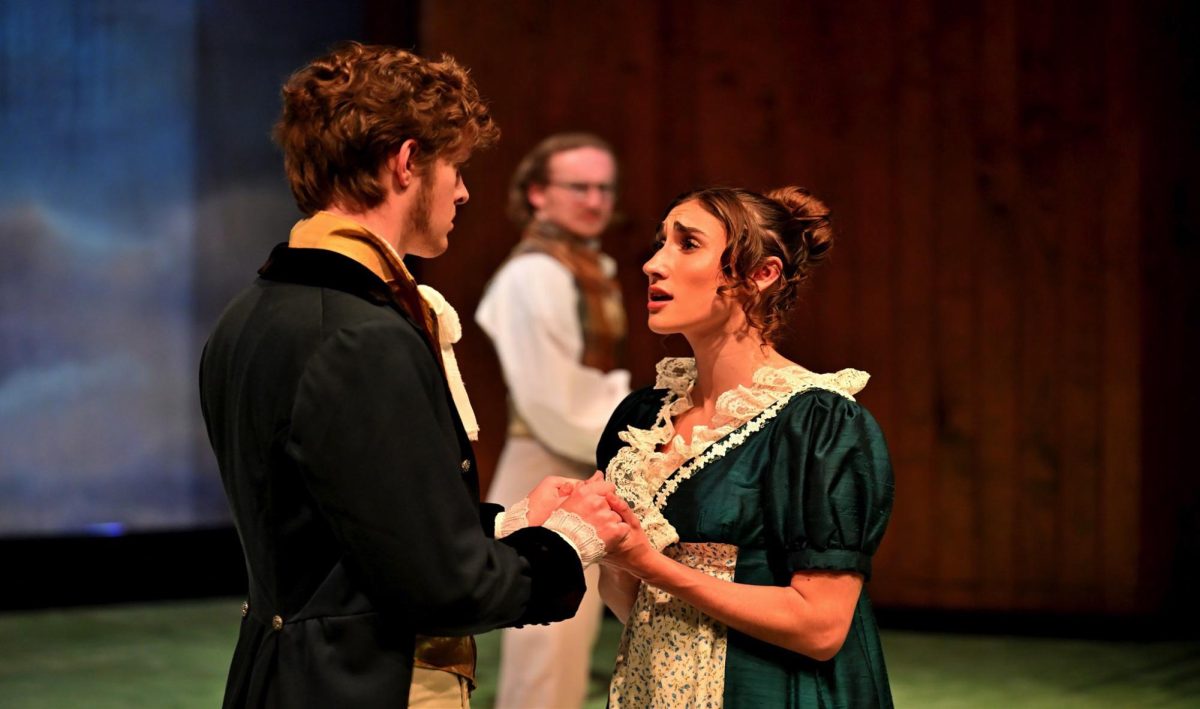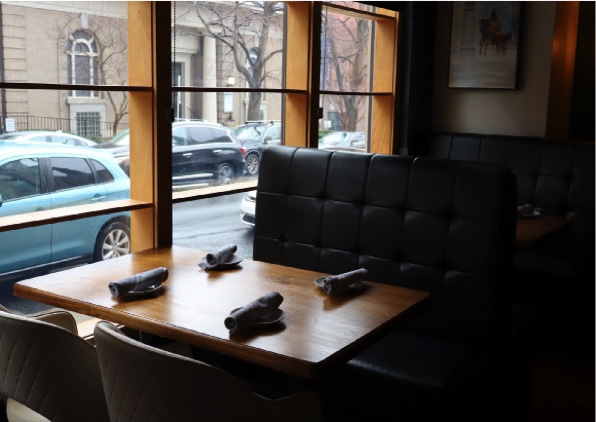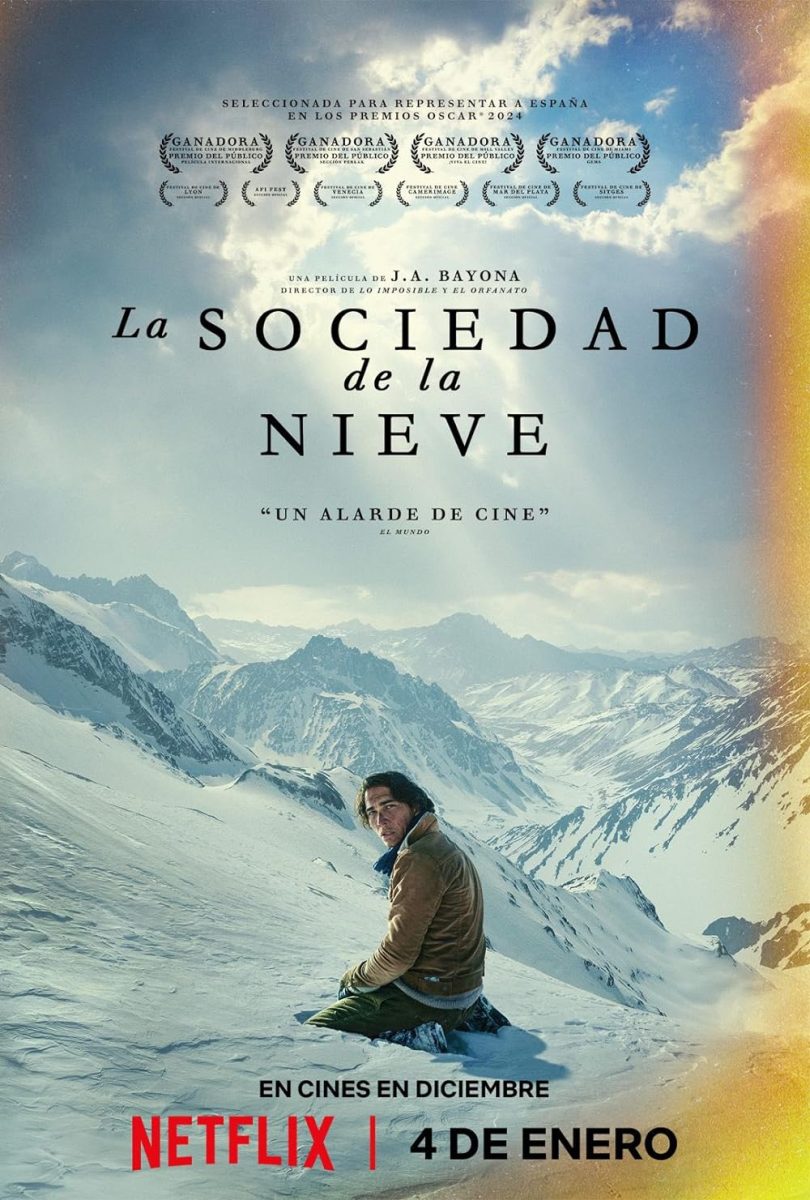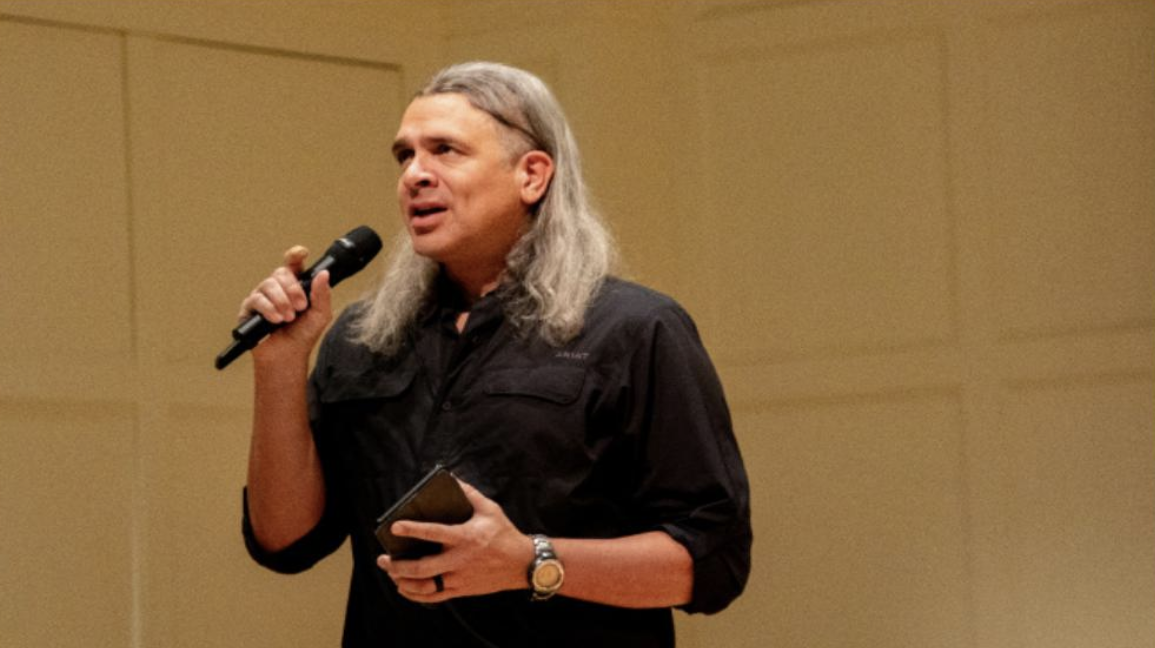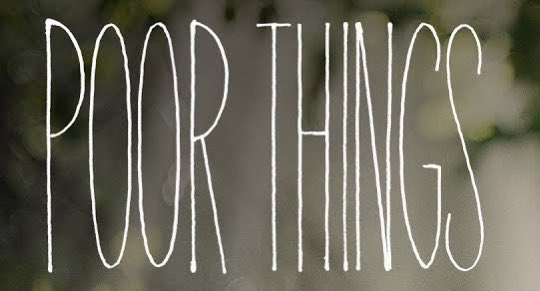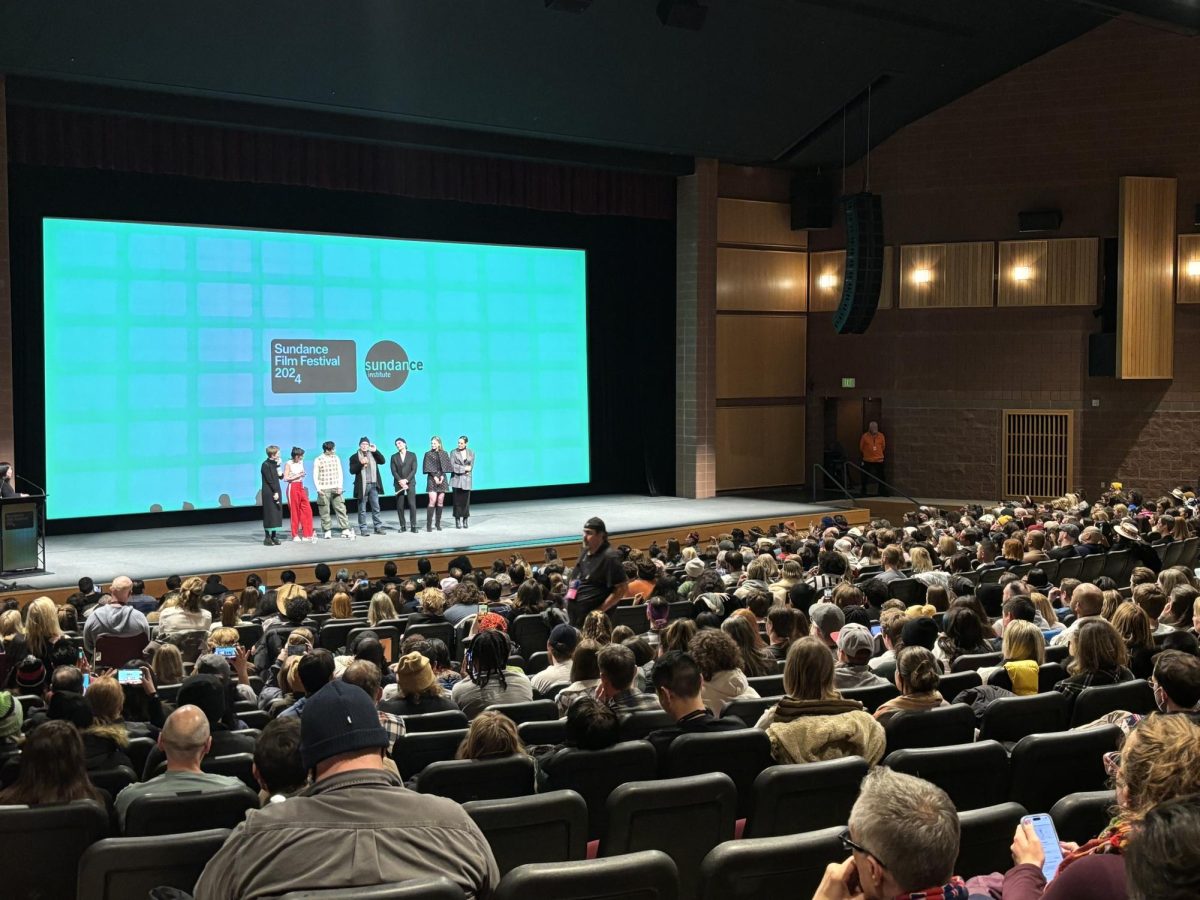here are few directors today who can capture the quotidian as brilliantly as Joe Swanberg in T.V. show Easy. Noah Baumbach comes to mind, with his ability to make the natural both accessible and discursive, much like the philosophical arc of conversation. French cinema also shows us everyday beauty, the sort of pace of the world recorded.
Films like Blue is the Warmest Color, Raw and The Unknown Girl are filmed as though we are watching someone’s life as if our own. It is a Jane Doe sort of film-making.This not to imply that its creator is unknown, just that it doesn’t seem as “created” as it is “already there.” It is a filmic naturalism. But this “naturalism,” does not refer to austerity, nor to the objective tedium of the scientist’s observations. It is not the heavy, historical “realism” meant to enmesh the audience in implacable fact. It is a gentle, undulating playback of life.
Joe Swanberg’s series Easy is a sort of cavort through the lives of different characters, spread out through two eight-episode seasons. The episodes each work as eight short stories; some have been called “a feature-film in disguise,” by Richard Brody of The New Yorker, and each creates its own unique universe of moments. All of the episodes are set in Chicago, a city where Swanberg has long lived. The city’s cultural touchstones (Dark Matter coffeehouse, Half Acre brew-pub) serve as both specific and universal references to urban life.
The episodes themselves are as diverse in subject as they are alike in style. In one, Dave Franco and his older brother start a brewery in their garage. Evan Jonigkeit, the older brother who at first is reluctant to join the joint venture, is spurred by his stable but rote corporate job. Too large a part of him yearns for the semi-libertine days his brother lives. There is spousal chafe between husbands and wives at the legality of the brewery and the venture is then blown to smithereens (not literally), and then unified again like the Italian city-states, all in one episode.
In another episode, we meet an Argentinian couple, Gabi and Bernardo (Aislinn Derbez and Raul Castillo) trying to conceive their first child. Their increasingly settled life is roiled by an old friend and former flame of Gabi’s. The couple visits the estranged club-scene with their friend for the sake of “celebration”, Gabi (Aislinn Derbez) shows a pittance of marital languor, and the sexual tedium of marriage rubs with the untamed freedom of bachelorhood. Mind you, in twenty-eight minutes. It is the stories themselves, packed with moments that could be scooped from anyone’s life, that lend a special glint to Swanberg’s characters. We are shown the characters at once in the amber of their moment, while seemingly able to situate them on the larger horizon of life.
In Nabokov’s “Laughter in the Dark,” the narrator writes of this momentary intensity, while placing it in what Albinus wishes to be the larger story of his life. I picture Swanberg approaching each episode of Easy in a similar way. The woman’s singular entrancements are written thus: “with her dark head of hair and one arm with the gleam of a bracelet still outstretched after her throw, she seemed to him an exquisitely colored vignette, heading the first chapter of his new life.” This sort of orifical devotion encapsulates the episodic profundity of Swanberg. In each perfectly-wrapped capsule of an episode we look into the lives of Swanberg’s characters, lives that contrast our focused seeing with their mini-clips of mundane passion.
Although season two of Easy was written, directed and co-produced by Swanberg himself, much must be said for his actors, who bolster Swanberg’s naturalistic stories with poignant, improvisational acting. Among the cast are Orlando Bloom, Malin Akerman, Aya Cash, Jacqueline Toboni and Marc Maron. Most of them appear in season one as well as two. To quote Brody again, “Swanberg’s performers are alive to the moment; they seem to be speaking rather than acting.” The near-gestural performances, spurred by Swanberg’s own acknowledged aversion to written scripts and his gravitation towards improvisation, freshen each frame with incandescent energy. Each actor’s emotion is more like the expressive slash of a De Kooning than the pointillistic preparation other films require. Swanberg’s creations, propelled by the acting, resemble nothing other than life itself. The momentum of moments, carrying each other into the next makes for an art that feels more like a skin that an object to be looked at.
The episodes are nearly all anecdotal but do not evaporate into forgotten threads. The content faces and worlds glom on for the full half-hour and depart having left a residual feeling like a powerful mint. They are “real”, but are also uncanny. Let me try to explain. The first time I saw a high school football game, I recognized a friend’s older brother run down the field on kickoff and punch through a backward-running defender. A fairly commonplace sight. But the act itself seared itself ineffably into my memory. My mind’s eye can conjure that millisecond as clearly as I see this very page. He (the friend’s brother) became a massive, spatial object clipping the earth’s surface, not a rumbling linebacker. There was no change in course except the unconscious nod that he sent the earth (the defensive back, me, later) into tail-spinning chaos. It was normal, but became uncanny; a fur-covered teacup, a hairy box. Swanberg’s episodic gifts intensify normality to a point that approaches a similar uncanny remembrance.
Not only does Swanberg’s show work on a level that seems to understand the most relatable flicker of emotional memory and experience, but it seems to acutely understand the 21st century mind’s short attention. Each episode is approximately a thirty-minute ride, a “feature-film in disguise,” that has all the trappings of a major movie — sex, wit, emotional sundries — but Swanberg only needs us for the amount of time he knows we can stand to give him. The two-sentence description read for each episode is puffed out into three dimensions, keeping its original succinctness of form, while impacting the audience in a full-bodied way. It is a wink at his atrophied audience and a testament to the director’s consummate skill. Easy, is not a wild ride. It is a slow, cellular absorption of glimpses, and Swanberg’s awesome feat is that nearly every one sticks. The show to watch is, above all, Easy.

